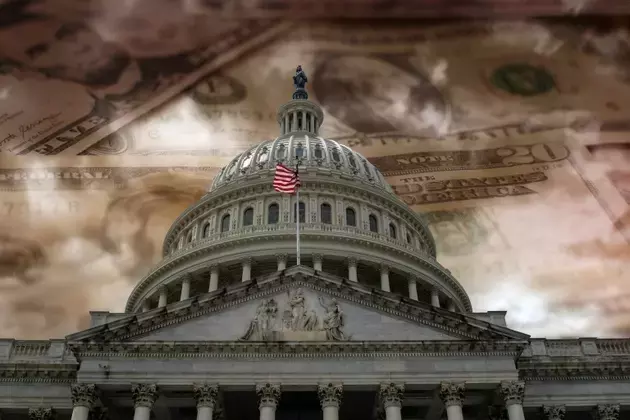
In an unexpected turn of events, the comprehensive array of Treasury yields, spanning from three-month maturities to three-decade durations, has consistently ascended. This rise has occurred even after the Federal Reserve's decision to lower interest rates in October. This market behavior suggests a notable shift in dynamics, hinting that the central bank's command over bond market fluctuations may be less absolute than commonly perceived.
Treasury Market Defies Fed\'s Rate Cut as Yields Inch Upward
In the aftermath of the Federal Reserve's interest rate adjustment in October, a peculiar phenomenon has unfolded across the financial landscape. Mike Maharrey from Money Metals Exchange highlighted that the entire spectrum of U.S. Treasury yields, encompassing maturities from a mere three months to a substantial thirty years, has shown an unexpected upward trajectory. This development is particularly noteworthy as it challenges the conventional understanding of the central bank's influence on the financial markets.
This surge in yields indicates a potential disconnect between the Federal Reserve's policy actions and the market's organic response. Typically, a rate cut by the Fed is intended to stimulate economic activity by making borrowing cheaper, which often leads to a decrease in bond yields. However, the current scenario suggests that other powerful forces are at play, overriding the direct impact of monetary policy. Investors may be factoring in long-term inflation expectations, increased government borrowing, or a general perception of heightened economic risk, leading them to demand higher returns on their investments in Treasury bonds.
Adding another layer to this complex picture, mortgage rates have also mirrored this upward trend. In the two weeks immediately following the Federal Reserve's October meeting, mortgage rates experienced a rise of 22 basis points. This increase directly impacts consumers, potentially dampening housing market activity and increasing the cost of homeownership. The implications extend beyond individual borrowers, affecting the broader economy through reduced consumer spending and investment.
The current situation presents a critical challenge for the Federal Reserve. Its traditional tools for managing the economy, such as interest rate adjustments, appear to be encountering resistance from market forces. The central bank's stated intention to support government borrowing through bond purchases, aiming to create artificial demand and stabilize yields, seems to be struggling to achieve its desired effect. This suggests that the market's natural supply and demand dynamics, coupled with evolving investor sentiment, are proving to be more influential than anticipated.
From a journalist's perspective, this situation underscores the intricate and often unpredictable nature of global financial markets. It highlights that even the most powerful central banks may not always have absolute control over market outcomes. For investors, the takeaway is clear: while central bank announcements are important, a holistic understanding of macroeconomic factors and market sentiment is crucial for informed decision-making. This period calls for careful observation and adaptive strategies, as the financial landscape continues to evolve in response to a multitude of interconnected influences.
